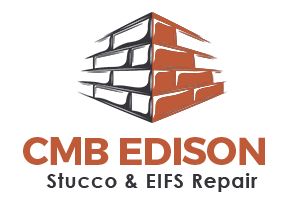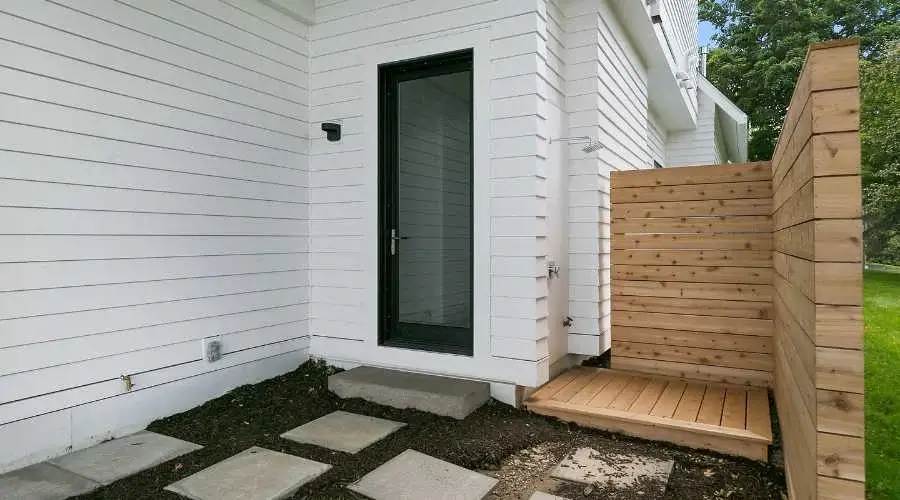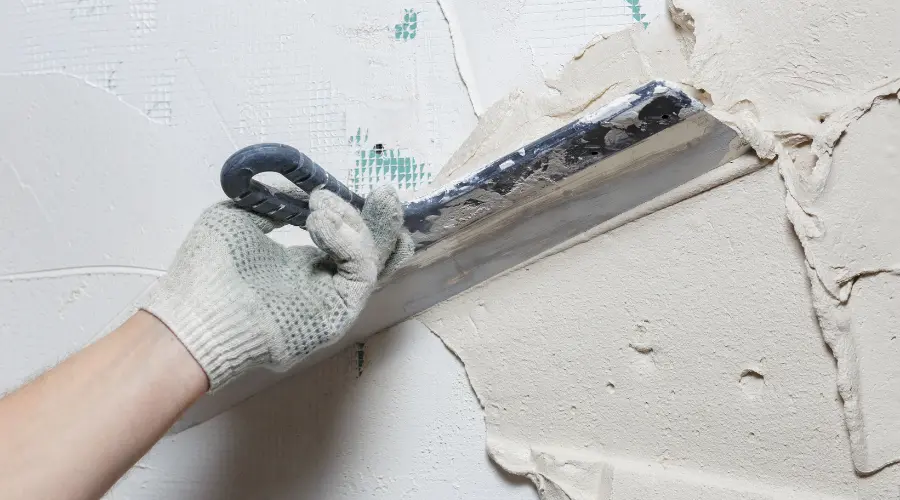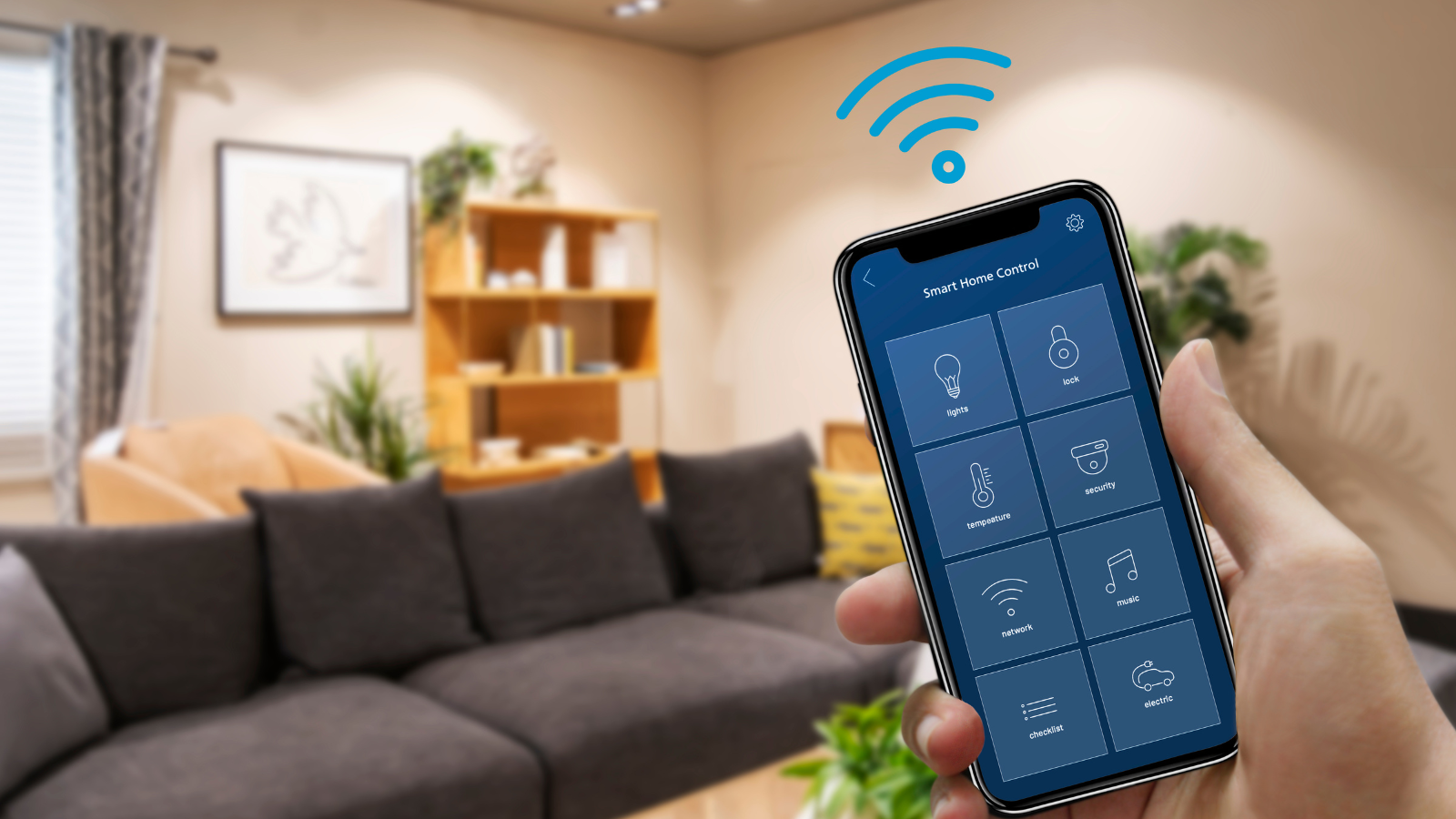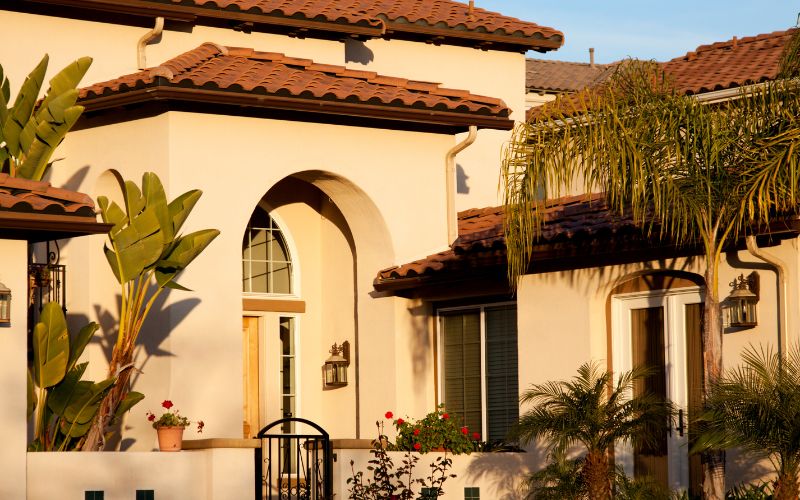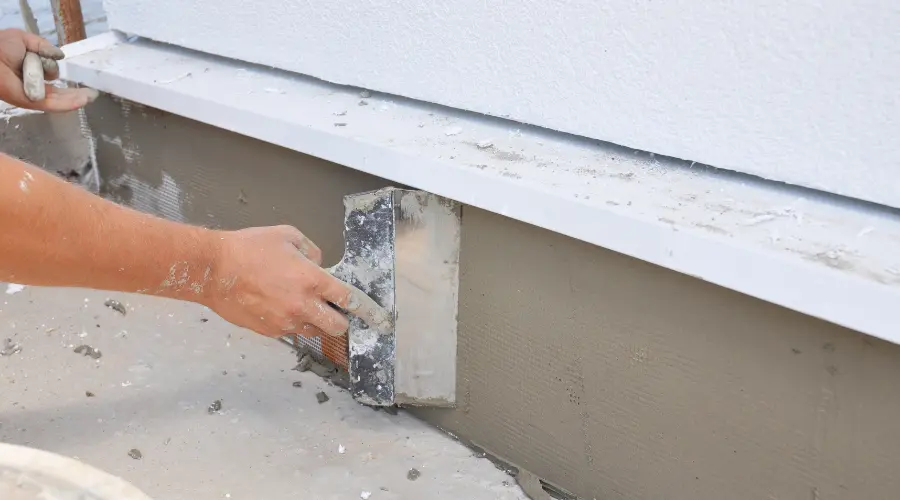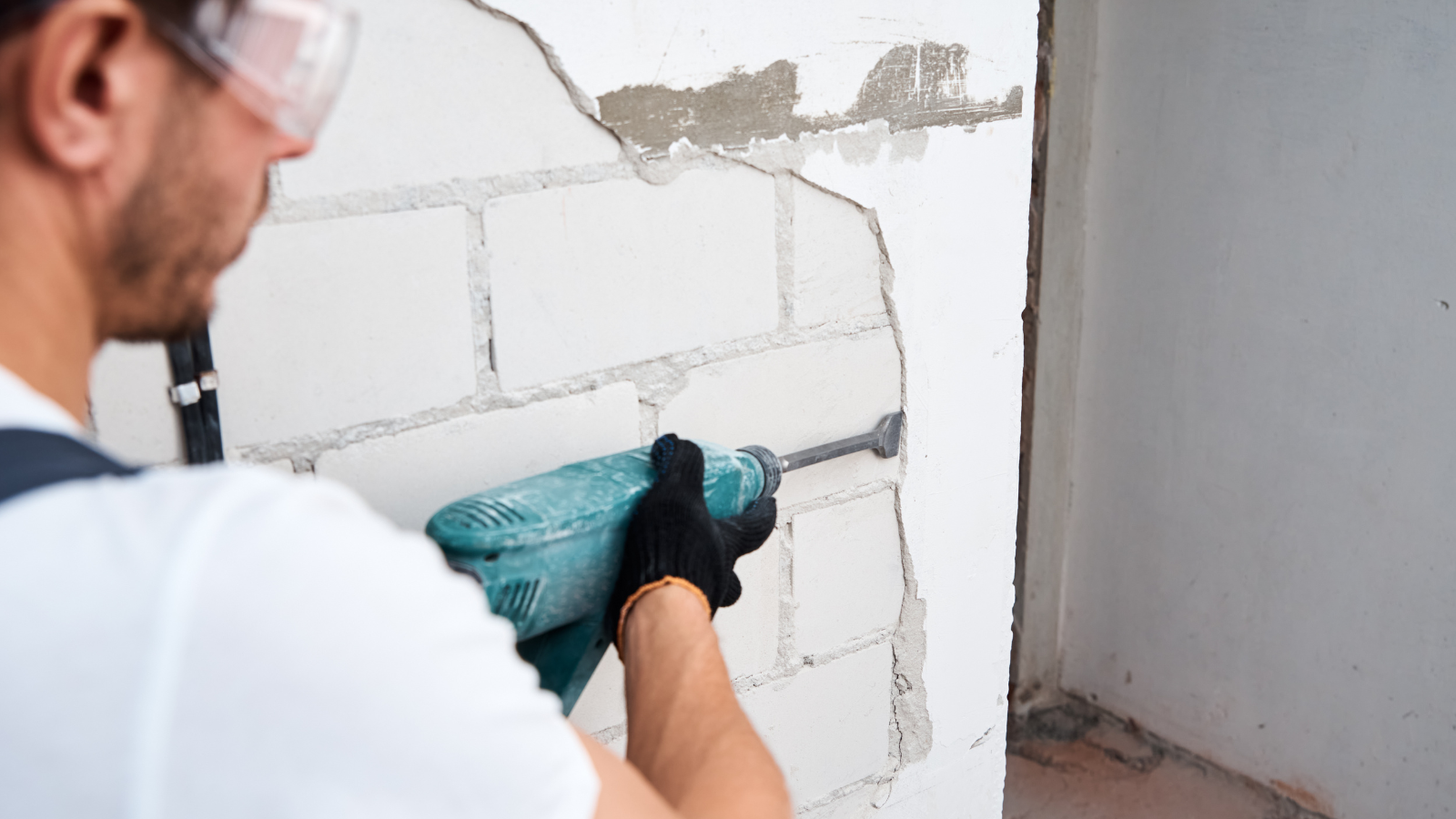Homes exist in various shapes and sizes, and the siding used on them varies substantially. Vinyl, wood, Hardie board, and stucco are popular options, but figuring out which is ideal for you is more complicated than most people imagine.
A house’s siding is vital for both aesthetics and security. Additionally, the material you choose has a big influence. Consequently, before settling on a siding material, consider the Stucco vs. Hardie Siding dispute carefully. You could choose Hardie siding or stucco, but deciding between the two takes a lot of work. A variety of elements influence it, including your budget, the weather, and so on.
This post will explain the distinctions between Hardie siding and stucco siding for your home.
WHAT IS STUCCO?
“What exactly is stucco?” many people question. Stucco is a sand, concrete, lime, and water mixture often used in coatings over intricate workmanship. Stucco is affordable owing to the low cost of the materials required; nonetheless, it often requires expert installation. The layering process may be time-consuming, which will increase the final cost.
Even though it may mentally deteriorate with time, stucco offers good weather protection against rain and snow. It’s also not energy efficient; plain stucco has an R-value of around 0.20. However, like with most other choices, it works best with additional protection and proper installation from stucco contractors in Edison, NJ.
A professional can assist you in determining which stucco is best. In terms of style, stucco siding is quite adaptable. Various tones may be used in the content, arranged in patterns and whirls. Since it was mostly promoted in the 1980s, it may need to be updated for specific customers.
If you want a proper installation, check online for “who does stucco work near me,” you will be offered many options.
WHAT IS HARDIE BOARD?
The development of fiber concrete products in the 1980s spurred the creation of fiber concrete sheets, also known as Hardie boards.
Fiber concrete incorporates 8 to 10% wood fiber and either fly ash or silica sand, providing solidity to the product and enabling it to dry flexibly, similar to manufactured stucco. Hardie board is durable and requires little upkeep.
It is available in many exterior siding structures, including:
- Lap siding
- Long sheets
- Vertical board and secure
- Shingles
This versatile board has a difficult-to-coordinate hallmark — pests, such as termites, dislike and cannot harm it, and Hardie board is water-safe. When comparing the expense of Hardie’s board to stucco, it is much simpler to justify Hardie’s investment.
WHICH IS BETTER: HARDIE BOARD VS. STUCCO?
Hardie board is as dependable and long-lasting as stucco. is unaffected by humidity or temperature changes. Hardie siding materials are molded, giving clients the option of a range of surface options that mimic wood, brick, or stucco.
Another remarkable feature of fiber concrete is its ability to be sprayed or repainted using acid paint to clean it up or alter the color.
Despite having the same hardness and durability as Hardie board, stucco is vulnerable to moisture and insect damage.
When deciding between Hardie Board and stucco, keep your home’s location in mind. Although stucco works well in dry conditions, excessive stickiness or precipitation may cause deterioration of a stucco exterior. Stucco takes more maintenance than Hardie board materials, and painting stucco demonstrates a large surface ready.
Both fire-resistant stucco and Hardie load-up slow the spread of fire from the outside by around 60 minutes, providing inhabitants time to leave.
